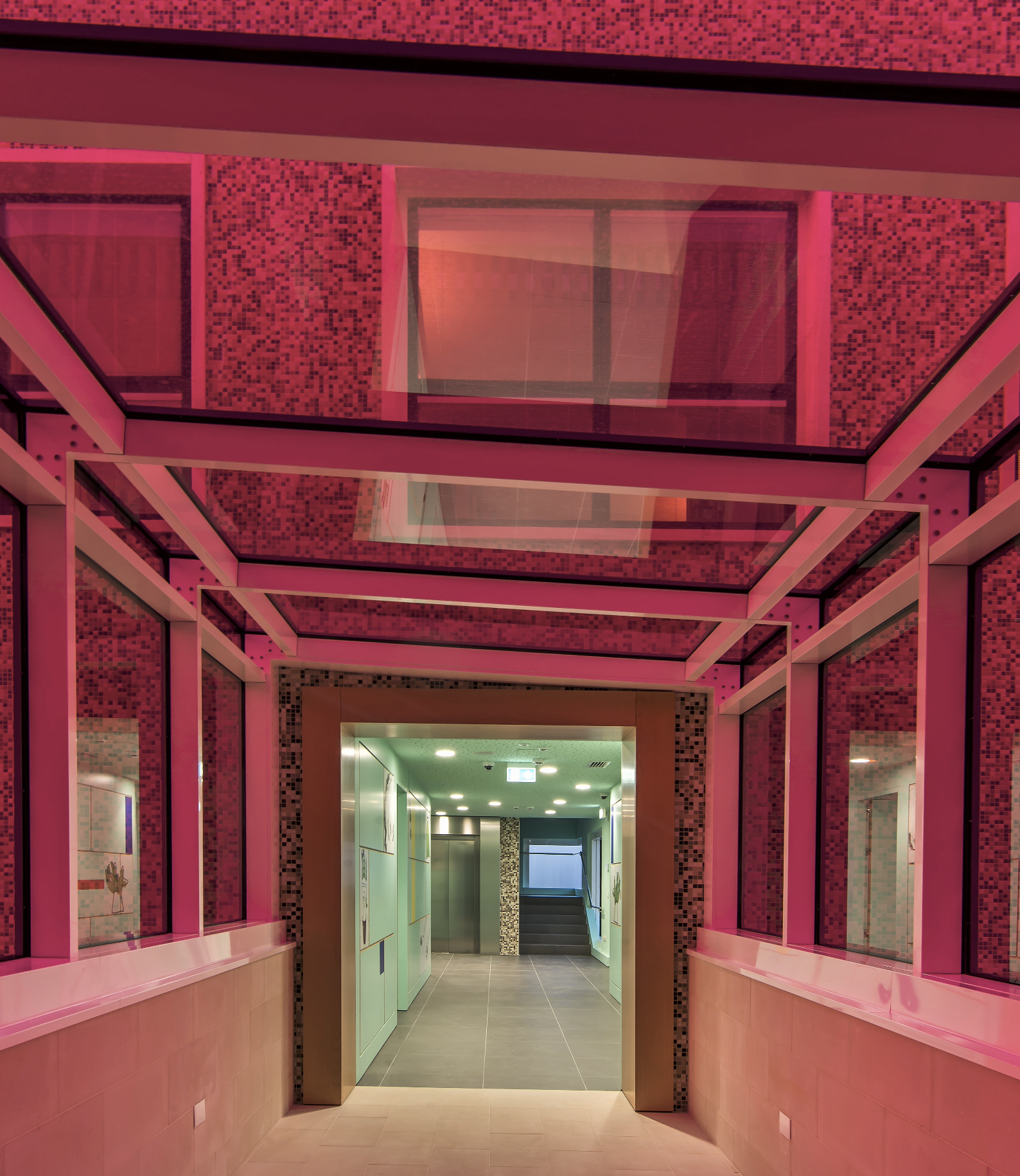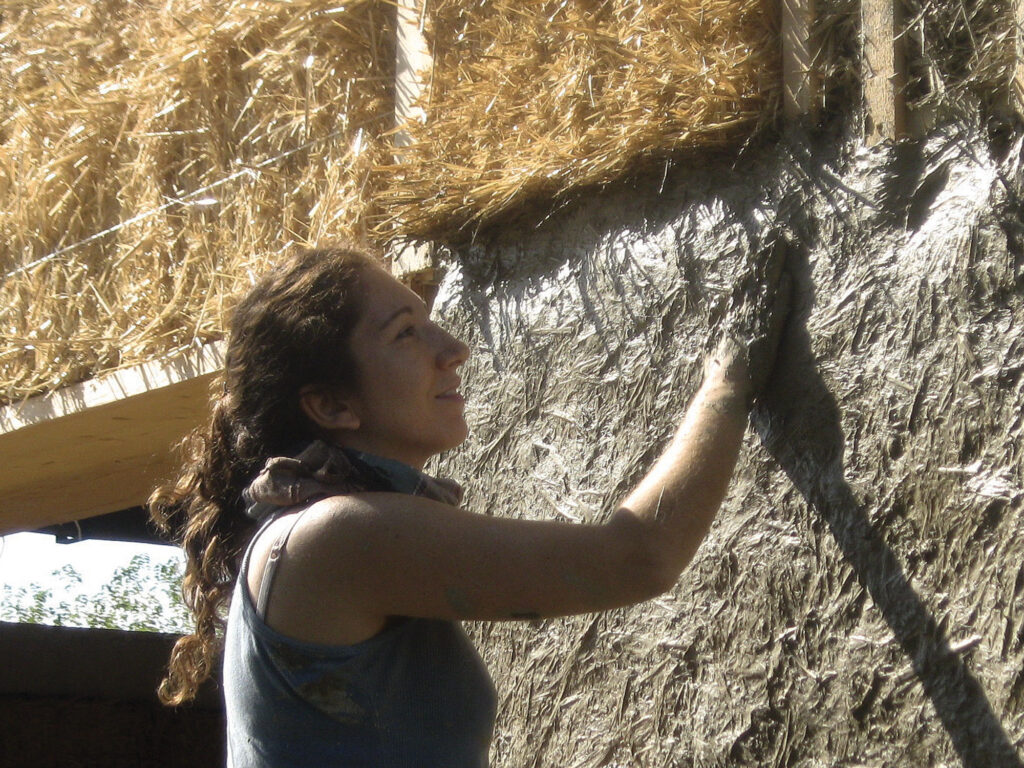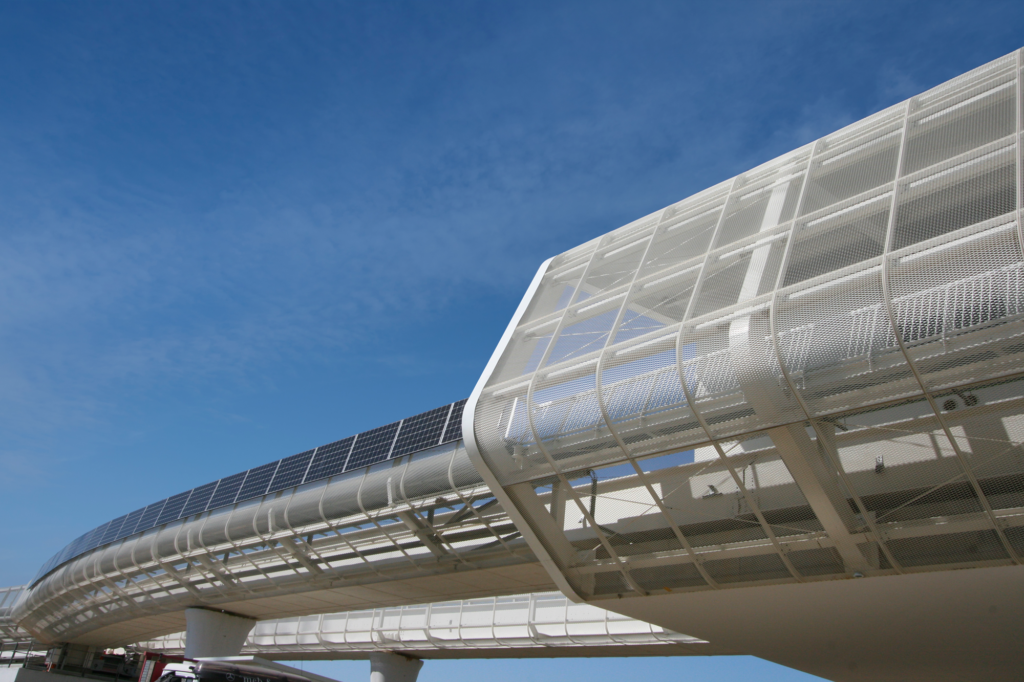TFAARCHITECTURE

TFA ARCHITECTURE
The Architecture section of Tools For After presents alternative ecological, natural and biotechnological materials for a culture of construction that is effective and realizable. In scope it ranges from ancient cultures of building to projects for a human environment on other planets.
Bamboo – Mauricio Cardenas Laverde
Around Donax – Margherita Bertoli (Arundo Art), Matteo Mannini (Canya Lab)
Raw Earth – Geologika Collettiva, Barbara Narici, Maddalena Ferraresi
Straw – curated by Eliana Baglioni
BioMaterial – Selenia Marinelli
Space Architecture – Valentina Sumini
Susteinable Architecture&Architectural Research – Massimo Iosa Ghini, Massimo Mariani

BAMBOO
Known for his bamboo constructions, the Italian Colombian architect Mauricio Cardenas Laverde is a pioneer of the use of bamboo as a building material. In Italy, Colombia, China and other countries many projects realized in bamboo bear his signature.
ARUNDO DONAX
Margherita Bertoli (Arundo Art) and Matteo Mannini (Canya Lab) are Italian artists who use the marsh reed, Arundo donax, in a new construction method named CanyaViva, invented by Jonathan Cory-Wright, to build ephemeral architectural structures in outdoor environments such as parks, woods and squares. Arundo donax, a material known in construction especially for its finishes, has been revisited in a contemporary interpretation through a new construction method that has been gaining ground for more than twenty years on account of its ecological qualities.
RAW EARTH
Barbara Narici and Maddalena Ferraresi are part of Geologika Collettiva, a group of Italian architects who use raw earth, our earliest building material, which, for some years now has been making a powerful come-back on account of its incomparable eco-sustainable properties. Raw earth is totally recyclable, has thermal, sound-absorbing qualities and complete workability, making it one of the preferred materials for the architecture of the future.

STRAW
Straw constructions were developed in the mid-nineteenth century and have enjoyed great success in the last ten years, thanks to the properties they possess. Engineers have studied them for their earthquake-resistant capacity; they have great versatility, thermal-insulating capacity, and are suitable for prefabricated self-supporting walls. The selection is curated by Eliana Baglioni, an architect who has been working with this technique for years.
BIOMATERIALS
Selenia Marinelli is a new-generation architect working at the Sapienza University of Rome. Her main research areas are the intersections between biological and architectural systems for an eco-symbiotic design through the use of biotechnologies, Artificial Intelligence and Information Technology. She works on the applications of bioplastics in architecture.
SPACE ARCHITECTURE
Valentina Sumini, Research Affiliate at the MIT Media Lab within the Responsive Environment Research Group and Space Exploration Initiative, holds the course “Architecture for Human Space Exploration” at the Politecnico di Milano. She is collaborating with NASA on the designing of villages on the Moon and on Mars.

SUSTAINABLE MOBILITY & ARCHITECTURAL RESEARCH
Massimo Iosa Ghini is one of Italy’s best known architects: his Marconi Express project has created a fast connection between Bologna airport and the railway station through electric-powered mobility that uses energy from solar panels placed along the route.
Massimo Mariani is a Tuscan architect, creator of some of the most interesting architectural works in recent years. He is unique both for his formal research output and his use of materials and colour.
TOOLS FOR AFTER ARCHITECTURE
14.9.2023 / 10.10.2023
Fitzroy Town Hall
201 Napier Street, Fitzroy
Melbourne
Curated by Maurizio Corrado.








